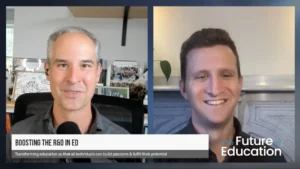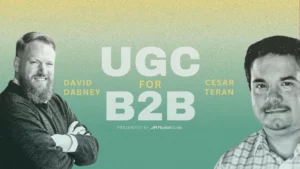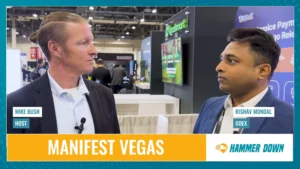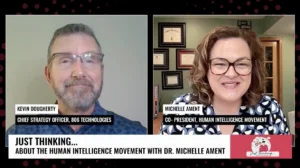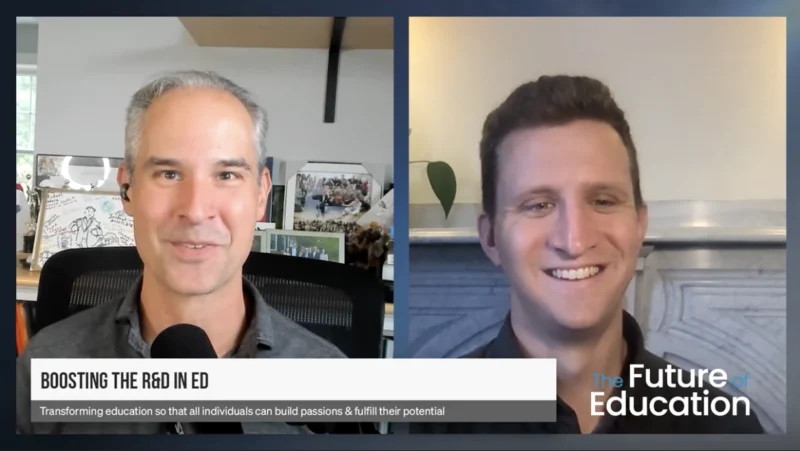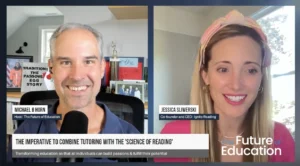How Can Organizations Adapt Their Learning Strategies?
Most corporate learning teams are equipped to deliver learning when employees need to learn something for the first time or to expand on previous knowledge. Unfortunately, few learning teams are equipped to support employees when they need to:
- act on learned knowledge and skills,
- adapt knowledge to new trends, or
- solve new problems when the arise.
Overcoming this challenge requires organizations to move learning into the workflow, where learning becomes available to employee just-in-time and at the moment of need.
How then can organizations adapt their learning strategies to meet learners where they’re at and when they need it?
On today’s video episode of Quicksilver: A Behind the Scenes Look at The eLearning Alchemist Podcast, host Clint Clarkson and guest Bob Mosher discuss the how a shift to workflow learning can drive significant performance changes in organizations.
Bob is the CEO & Chief Learning Evangelist at APPLY Synergies a consultancy that helps organizations move their learning initiatives into the workflow.
Along with co-author Conrad Gottfredson, Bob wrote the book on workflow learning in the corporate learning masterpiece Innovative Performance Support.
Recent events have helped us discover that “learners do much better than we thought they would when they’re left to their own [devices]” Bob says. “Blended learning as we know it is finally attainable. The pandemic has been an accelerator.” In other words, the people, organizations, technology, and methodology are all primed to shift to workflow learning.
While many organizations have adopted workflow learning with open arms, others – corporate learning departments in particular – are concerned that learners won’t be successful for motivational reasons or because they perceive workflow learning as lacking structure. Bob disagrees.
“We have a very intrinsically motivated worker [who are] incredibly innovative and courageous in what they do. What they need are things to make it less terrifying and less inefficient – that’s what workflow learning is. It’s optimizing and enabling learners to perform at the speed of change, in the workflow, and in the best possible way. It’s not happenstance.”
We need to remember that learning isn’t an event, it’s part of the human experience, it’s happening all the time – this doesn’t change when we walk through the doors at work. While corporate learning needs structure and direction, the traditional model of corporate learning can take these things too far and hinder the natural learning process, which inevitably demotivates learners.
Organizations that want to see superior performance from their employees, and improved performance results in-turn, should look at how workflow learning can be applied in their workplace.



